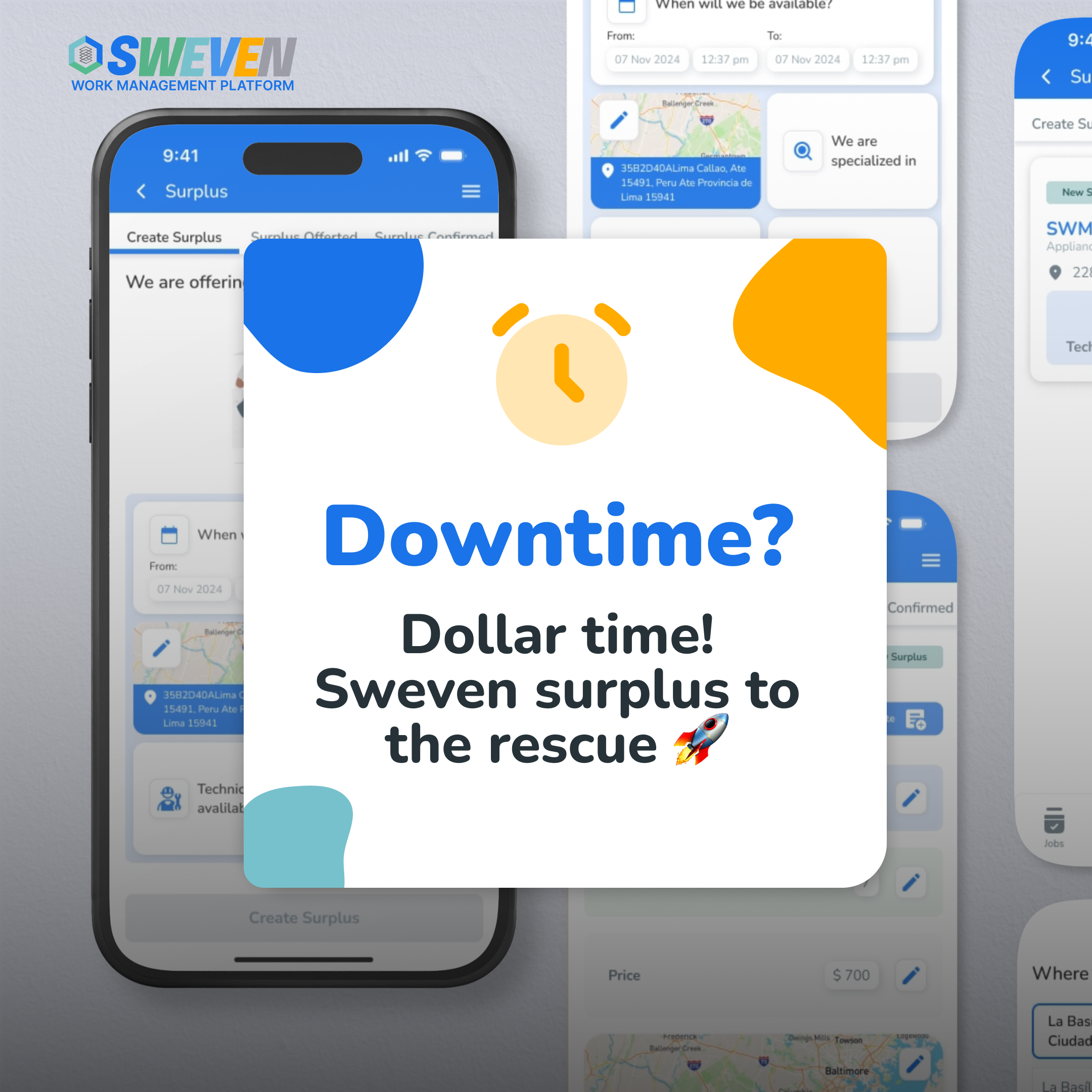
Introduction:
In the fast-paced world of business, where time is money, delays in vendor response to maintenance requests can prove to be a significant pain point for organizations. Unaddressed issues can disrupt operations, leading to downtime and potentially impacting the bottom line. In this blog, we will delve into the challenges associated with vendor response time and explore effective solutions to mitigate this pain point.
The Challenge:
One of the most common hurdles faced by organizations is the lag in vendor response time when it comes to handling maintenance requests. Whether it’s equipment malfunctions, facility repairs, or other critical operational needs, a slow response can escalate minor issues into major setbacks. This delay not only affects the day-to-day operations but can also strain relationships between the client and the vendor.
Understanding the Impact:
The impact of delayed vendor responses extends beyond mere inconvenience. It can result in increased downtime, hampering productivity and revenue generation. Moreover, prolonged issues can damage equipment further, leading to higher repair costs or, in extreme cases, the need for replacements. The reputation of the organization may also suffer, as clients and customers may experience disruptions in services or product deliveries.

The Solution:
To address the challenge of delayed vendor response times, organizations can implement proactive measures aimed at streamlining communication and expediting issue resolution.
Set Clear Expectations in Contracts:
- Begin by establishing clear expectations for response times in vendor contracts and agreements. Clearly define the maximum acceptable time frame for acknowledging and addressing maintenance requests. This sets a standard for accountability and ensures that vendors understand the urgency of timely responses.
Prioritize Vendors with Efficient Communication Channels:
- When selecting vendors, prioritize those who demonstrate efficient communication channels. Vendors with streamlined communication processes, such as dedicated support teams or online portals for reporting issues, are more likely to provide prompt responses. Evaluate vendors not only based on their technical capabilities but also on their commitment to responsive and transparent communication.

Implement Service Level Agreements (SLAs):
- Integrate Service Level Agreements into contracts to establish measurable performance standards. SLAs outline specific response and resolution times, providing a framework for accountability. Regularly review and evaluate vendors based on their adherence to SLAs, ensuring continuous improvement in response times.
Utilize Technology for Streamlined Communication:
- Leverage technology to facilitate efficient communication between your organization and vendors. Implementing ticketing systems, automated alerts, and real-time tracking tools can enhance transparency and accountability, ultimately reducing response times.
Regularly Review and Optimize Processes:
- Conduct regular reviews of maintenance processes and vendor performance. Identify bottlenecks or areas for improvement and collaborate with vendors to optimize workflows. Continuous feedback and improvement mechanisms will contribute to a more responsive and efficient maintenance ecosystem.

Conclusion:
In the competitive landscape of modern business, the efficient management of maintenance requests is vital for sustained success. By addressing the pain point of delayed vendor responses head-on and implementing strategic solutions, organizations can enhance operational efficiency, minimize downtime, and build stronger, more reliable partnerships with their vendors. Time is of the essence, and proactive measures in managing vendor response times will undoubtedly contribute to a smoother, more resilient business operation.
















